Operation Warp Speed’s funding of AstraZeneca is intended to deliver a COVID-19 vaccine by October, although some call that timeline unrealistic.
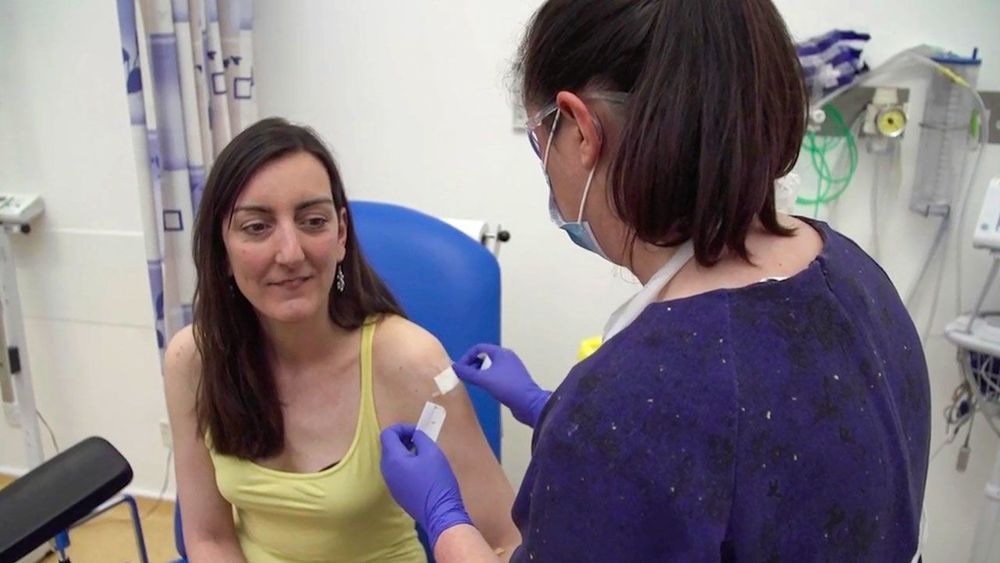

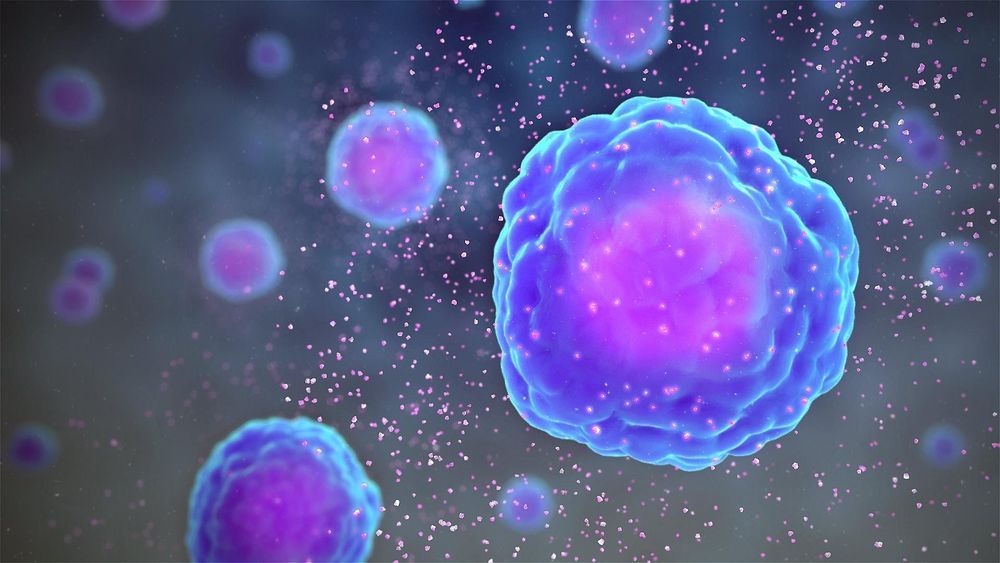
For some COVID-19 patients, the body’s immune response may be as destructive as the virus that causes the disease. The persistent high fevers, severe respiratory distress, and lung damage seen in some critically ill patients are all signs of an immune system in overdrive.
Now, a new clinical trial will test a treatment that targets this overactive immune response, says Howard Hughes Medical Investigator Bert Vogelstein. He and his team at the Johns Hopkins University School of Medicine are currently recruiting individuals for the trial, which includes patients ages 45 to 85 at the Johns Hopkins Hospital who have COVID-19 but who aren’t on a ventilator or in the ICU.
Their treatment, a common type of prescription drug called an alpha blocker, might break a cycle of hyperinflammation before it ramps up, their findings from mouse studies and a recent analysis of medical claims data suggest.
With the number of novel coronavirus infections over 5 million and growing as of May 24, use of personal protective equipment, or PPE, has become essential to safeguard health care providers against COVID-19. Coronavirus particles that attach to PPE surfaces pose a significant threat to the spread of the virus.
A team of researchers at Indiana University has published significant research findings via pre-print in ChemRxiv demonstrating for the first time that coronaviruses are killed upon exposure to an electroceutical fabric.
“Electroceutical” refers to a matrix of embedded microcell batteries that creates an electric field and wirelessly generates a low level of electricity in the presence of moisture.

An MRI in each other’s arms shows how physical contact alters the brains of couples.
Researchers at Aalto University and Turku PET Centre have developed a new method for simultaneous imaging brain activity from two people, allowing them to study social interaction.
In a recent study, the researchers scanned brain activity from 10 couples. Each couple spent 45 minutes inside the MRI scanner in physical contact with each other. The objective of the study was to examine how social contact activates the brain. The results were published in the theme issue Social Interaction in Neuropsychiatry of the journal Frontiers in Psychiatry.
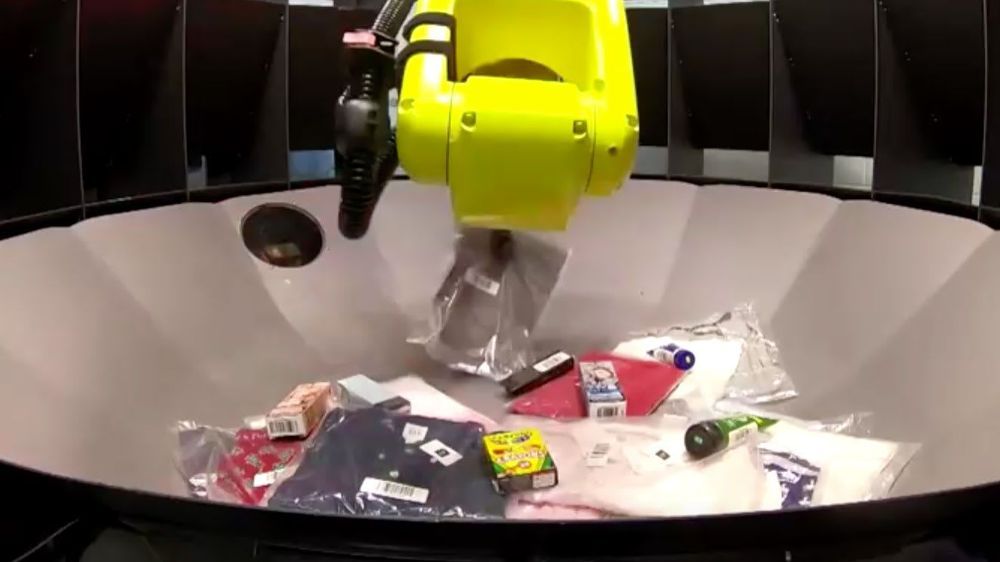
U.S. apparel chain Gap is speeding up its rollout of warehouse robots for assembling online orders so it can limit human contact during the coronavirus pandemic, the company told Reuters.
Gap reached a deal early this year to more than triple the number of item-picking robots it uses to 106 by the fall. Then the pandemic struck North America, forcing the company to close all its stores in the region, including those of Banana Republic, Old Navy and other brands. Meanwhile, its warehouses faced more web orders and fewer staff to fulfill them because of social distancing rules Gap had put in place.
“We could not get as many people in our distribution centers safely,” said Kevin Kuntz, Gap’s senior vice president of global logistics fulfillment. So he called up Kindred AI, the vendor that sells the machines, to ask: “Can you get them here earlier?”
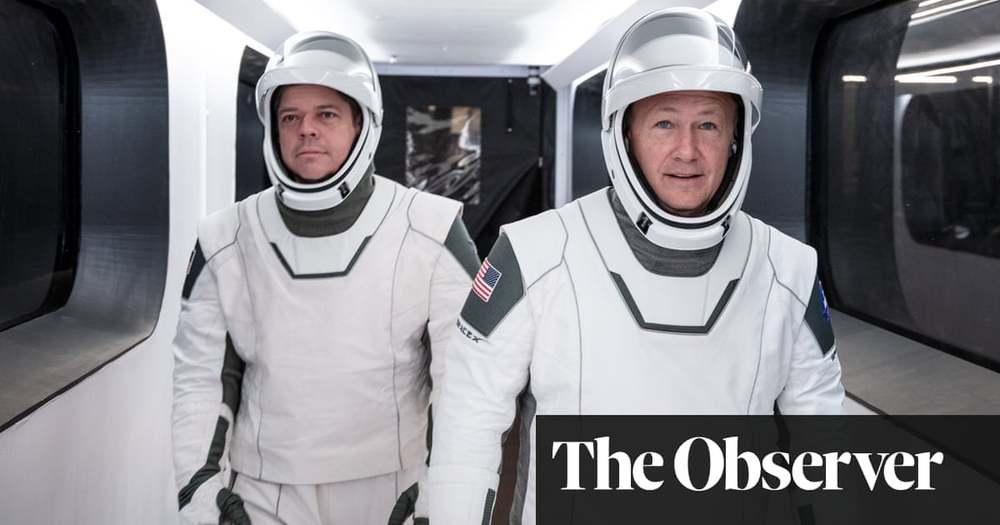

In our efforts to domesticate Artificial Intelligence and prepare people for future jobs in Africa. We are glad to announce our first Robotic boot camp tagged Introduction to Robotics 1.0. The Artificial Intelligence Hub is training young people between the ages 7 and 20 on Robotic Engineering. Take advantage of this opportunity to learn and be equipped with future skills. Register with the link provided below. https://forms.gle/yTx2obDkSQ5ULTLM9
Excellent speech.
Our civilization is made up of countless individuals and pieces of material technology, which come together to form institutions and interdependent systems of logistics, development and production. These institutions and systems then store the knowledge required for their own renewal and growth.
We pin the hopes of our common human project on this renewal and growth of the whole civilization. Whether this project is going well is a challenging but vital question to answer.
History shows us we are not safe from institutional collapse. Advances in technology mitigate some aspects, but produce their own risks. Agile institutions that make use of both social and technical knowledge not only mitigate such risks, but promise unprecedented human flourishing.
Watch this video where we investigate this landscape, evaluate our odds, and try to plot a better course.
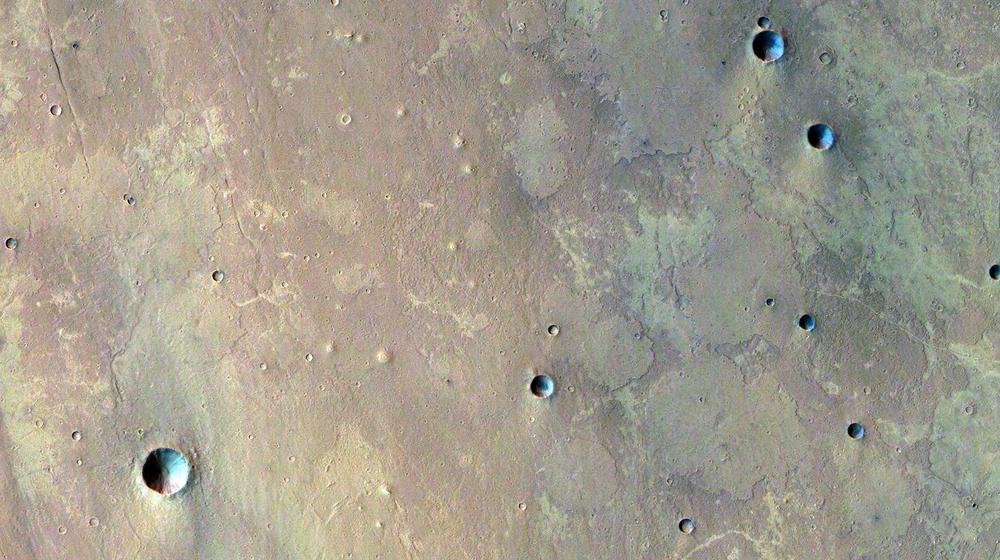
Some of these guys could live more than 500 years…